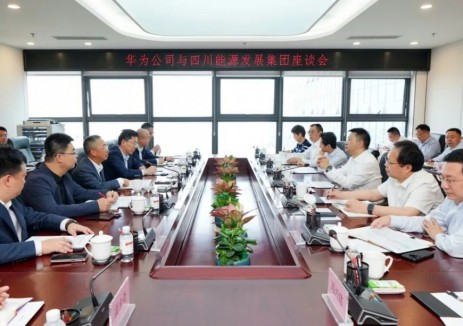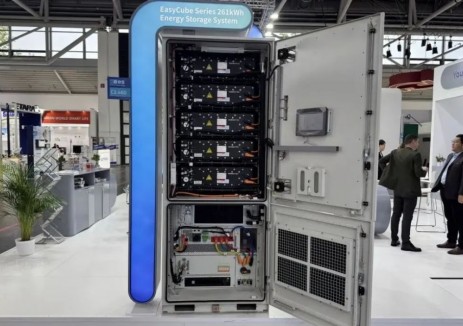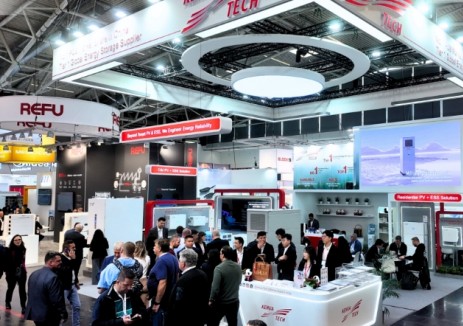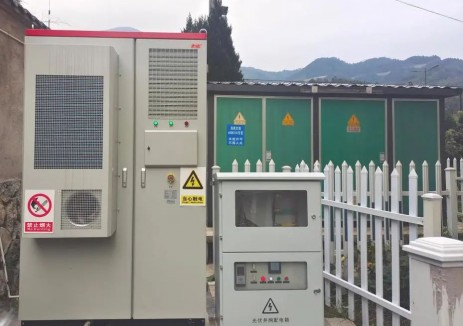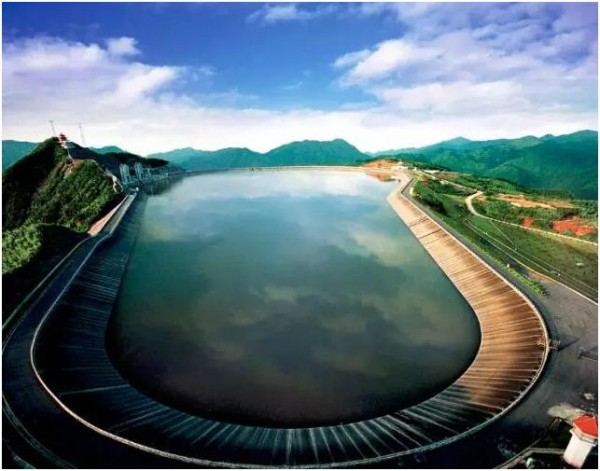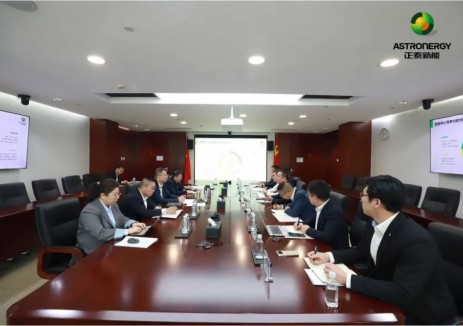Simple Method to Produce Clean Hydrogen Fuel
From Seawater
斯坦福大学研发人员研究出简单的海水制氢方式
Producing hydrogen fuel cost-effectively and sustainably has been a Holy Grail in renewable energy research for decades. In a study published in Proceedings of the National Academy of Sciences, researchers report a simple, economical new method to produce hydrogen: they use solar power and special nickel-based electrodes to directly split seawater into hydrogen and oxygen.
近几十年来,低成本可持续的制氢方式一直是可再生能源研究的“圣杯”.在Proceedings of the National Academy of Sciences上发表的一篇研究报告中,研究人员利用一种简单,经济节约的新制氢方法:他们利用太阳能和特殊的镍基电极,将海水分解成为氢气和氧气。
Hydrogen is a clean-burning fuel that would only produce water when it is burned. Right now, it is mostly produced by reforming natural gas using steam. Besides relying on a fossil fuel, this is energy-intensive, and produces carbon as a by-product.
氢是一种清洁的燃料,在燃烧的时候会产生水。目前主要是制氢方式是天然气重整制氢。这种方式除了对化石燃料的依赖,还一种能源密集型的制氢方式,且副产品有碳排放。
An easy, ages-old way to produce hydrogen is to split water via electrolysis: passing an electric current through two electrodes placed in water. But the process requires purified water, which is costly on top of competing with potable water resources.
有一种古老而又简单的制氢方式就是电解水制氢:将电流通过水中的两个电极,利用电流来分解水。这个过程需要纯净水,这种方式除了会造成水资源的竞争外,纯净水的成本也非常高。
Seawater is the most abundant water resource on the Earth, write Stanford University chemist Hongjie Dai and his colleagues in the new PNAS paper. But electrolyzing it brings up problems. Negatively-charged chloride ions in saltwater corrode the catalyst and the positive electrode.
斯坦福大学的化学家,Hongjie Dai和他的同事,在PNAS新发表的论文中写道:海水是地球上含量最为丰富的水资源。但是电解水制氢会带来一些问题,盐水中带有负电荷的氯离子会腐蚀催化剂和正极。
So Dai and his colleagues made an anode that repels chloride ions and resists corrosion. They start with a nickel foam core that is conductive. They coat it with a layer of nickel sulfide, and then a nickel-based catalyst. During electrolysis, the nickel sulfide undergoes chemical reactions and transforms into a negatively charged sulfate layer that repels chloride and keeps it from reaching and corroding the core.
所以,Dai和他的同事们,研发出了一种能对氯离子进行排斥,并能抗腐蚀的阳极。他们从可导电的泡沫镍开始。他们在镍上涂上一层硫化镍,然后再涂上镍基催化剂。在电解的过程中,硫化镍会发生化学反应,变成带负电荷的硫酸盐层,对氯离子进行排斥,防止氯离子达到岩心进行腐蚀。
Others have previously reported a floating device that can produce small quantities of hydrogen from salt-water, and an ink that creates hydrogen by absorbing sunlight and moisture from air. Dai and his colleagues have taken a more practical step forward, demonstrating long-term hydrogen production from water samples taken from the San Francisco Bay.
之前也有报道说,有人利用一种漂浮装置,可从盐水中获取少量的氢,还有一种墨汁,通过吸收阳光和空气中的水份来制氢。Dai和他同事的研究已迈出更为实际性的一步,他们展示了从旧金湾采集的水样中长期以来获得的氢气。
The electrolyzer, which used electricity from a small solar panel, produced hydrogen at the same rate as a system of the same size that uses current technology and purified water. And the system was stable for 1,000 hours. “Such a device provides an opportunity to use the vast seawater on Earth as an energy carrier,” the team writes.
该电解槽是利用一个小型太阳能板供电,产氢的速率和使用电流的技术和纯净水的系统相同。该系统已稳定运行了1000个小时。“这种设备,为研究利用地球上存量巨大的海水作为能源载体,提供了一个机会”。研究团队写道。
Source: Yun Kuang et al. Solar-driven, highly sustained splitting of seawater into hydrogen and oxygen fuels. PNAS, 2019.
信息来源: Yun Kuang et al. Solar-driven, highly sustained splitting of seawater into hydrogen and oxygen fuels. PNAS, 2019.


